

Articles
What Kind Of Fireplace Do I Have
Modified: October 20, 2024
Discover the different types of fireplaces and find out what kind of fireplace you have with our informative articles. Explore various options and gain expert insights.
(Many of the links in this article redirect to a specific reviewed product. Your purchase of these products through affiliate links helps to generate commission for Storables.com, at no extra cost. Learn more)
Introduction
Fireplaces have long been a centerpiece of homes, providing warmth, ambiance, and a cozy atmosphere. But with so many different types of fireplaces available, it can be challenging to determine what kind of fireplace you have in your own home. Understanding the different types of fireplaces and their unique features can help you make informed decisions about maintenance, safety, and even upgrades or renovations.
In this article, we will explore the four main types of fireplaces: wood-burning, gas, electric, and ethanol fireplaces. We will delve into their defining features, advantages, disadvantages, as well as provide some essential maintenance and safety tips for each type. Whether you already have a fireplace or are considering installing one, this guide will help you identify what kind of fireplace you have and how to care for it.
So, let’s dive in and discover the different types of fireplaces and what sets them apart.
Key Takeaways:
- Embrace the warmth and ambiance of your fireplace by understanding its type, maintenance, and safety requirements. Whether it’s wood-burning, gas, electric, or ethanol, each option offers unique benefits for your home.
- From the traditional charm of wood-burning to the modern convenience of electric and ethanol, choose a fireplace that suits your lifestyle. Follow maintenance and safety tips to enjoy the cozy atmosphere while keeping your home secure.
Read more: What Wildflower Do I Have
Wood-Burning Fireplaces
Wood-burning fireplaces are the traditional and classic choice for many homeowners. These fireplaces operate by burning logs or firewood to produce heat and create a comforting ambiance. Here are some defining features, advantages, disadvantages, and maintenance and safety tips for wood-burning fireplaces.
Definition and Features
A wood-burning fireplace typically consists of a firebox, a chimney, and a flue. The firebox is where the wood is burned, while the chimney and flue allow smoke and gases to escape safely. Wood-burning fireplaces may feature a hearth, mantel, and fire screen, adding to their aesthetic appeal.
Advantages and Disadvantages
One of the main advantages of wood-burning fireplaces is their authenticity and the crackling sound of burning wood. They provide a natural and cozy atmosphere that many people enjoy. Additionally, wood is a renewable resource and can be more affordable than other fuel options.
However, wood-burning fireplaces also have some disadvantages. They require manual labor to gather, chop, and stack firewood, which can be time-consuming and physically demanding. They also produce more smoke and require a chimney cleaning and maintenance to prevent the buildup of creosote.
Maintenance and Safety Tips
To keep your wood-burning fireplace functioning properly, regular maintenance is essential. Here are some maintenance and safety tips:
- Regularly inspect the chimney and flue for any blockages or damage.
- Clean your chimney at least once a year to remove creosote buildup.
- Use properly seasoned firewood to minimize the production of smoke and creosote.
- Dispose of ashes safely and securely in a designated metal container.
- Keep a fire extinguisher nearby in case of emergencies.
- Install a smoke detector and carbon monoxide detector in the same room as the fireplace.
- Always supervise children and pets when the fireplace is in use.
By following these maintenance and safety tips, you can enjoy the warmth and charm of your wood-burning fireplace while keeping your home safe and secure.
Gas Fireplaces
Gas fireplaces have gained popularity in recent years for their convenience, cleanliness, and versatility. These fireplaces use natural gas or propane as fuel to produce a flame and heat. Let’s explore the defining features, advantages, disadvantages, and maintenance and safety tips for gas fireplaces.
Definition and Features
A gas fireplace consists of a burner, gas valve, control panel, and a venting system. The burner is where the gas is ignited, creating the flame, while the control panel allows for easy operation and temperature control. Gas fireplaces can be vented or ventless, with vented options requiring a chimney or flue for exhaust.
Advantages and Disadvantages
Gas fireplaces offer several advantages over other types. They are highly efficient and provide instant heat at the flip of a switch or the push of a button. Gas fireplaces are also clean-burning, producing minimal smoke, ash, or embers. They require less maintenance compared to wood-burning fireplaces and can be easily controlled and adjusted for temperature and flame intensity.
On the downside, gas fireplaces may have higher upfront costs due to installation requirements and the need for a gas line. Vented models also require proper ventilation, which can limit their placement within a home.
Maintenance and Safety Tips
To keep your gas fireplace in optimal condition, follow these maintenance and safety tips:
- Regularly inspect and clean the glass front, ensuring it is free of dirt or debris.
- Check the gas connections and valves for any leaks or corrosion.
- Have a professional technician perform an annual inspection and cleaning.
- Keep the area surrounding the fireplace clear of any flammable materials.
- Test the carbon monoxide detectors in your home and replace batteries regularly.
- Follow the manufacturer’s guidelines for operating and maintaining the fireplace.
By following these maintenance and safety tips, you can enjoy the convenience and warmth of your gas fireplace while ensuring the safety of your home and loved ones.
Read more: How To Tell What Kind Of Light Bulb I Have
Electric Fireplaces
Electric fireplaces have become a popular choice for homeowners seeking a hassle-free and energy-efficient alternative to traditional fireplaces. These fireplaces use electricity to generate heat and produce a realistic flame effect. Let’s explore the defining features, advantages, disadvantages, and maintenance and safety tips for electric fireplaces.
Definition and Features
An electric fireplace consists of a heating element, flame effect technology, and a control panel. The heating element produces heat through electricity, while the flame effect technology uses LED lights and mirrors to create a realistic-looking flame. Electric fireplaces often come with remote controls, allowing for easy operation and temperature adjustment.
Advantages and Disadvantages
Electric fireplaces offer several advantages that make them a sought-after option. They are easy to install, as they simply plug into a standard electrical outlet, eliminating the need for venting or chimney systems. Electric fireplaces are also highly efficient, allowing you to zone heat specific areas of your home and save on energy costs. They are also safe to touch, making them a great choice for households with children or pets.
However, electric fireplaces may not provide the same level of ambiance and authenticity as wood or gas fireplaces. The flame effect may not be as realistic, and they do not produce as much heat as other types. Additionally, electric fireplaces rely on electricity, so they may not be usable during power outages.
Maintenance and Safety Tips
To keep your electric fireplace running smoothly and safely, follow these maintenance and safety tips:
- Regularly dust and clean the exterior of the fireplace to remove any dirt or debris.
- Check the electrical cord for any signs of damage and avoid using extension cords.
- Ensure proper ventilation around the fireplace to prevent overheating.
- Read and follow the manufacturer’s instructions for installation and operation.
- Keep flammable materials away from the fireplace, including curtains and furniture.
- Never modify or tamper with the internal components of the electric fireplace.
By following these maintenance and safety tips, you can enjoy the convenience and comfort of your electric fireplace while ensuring the safety of your home and family.
Read more: What Type Of Roof Do I Have
Ethanol Fireplaces
Ethanol fireplaces offer a modern and eco-friendly alternative to traditional fireplaces. These fireplaces use bioethanol fuel, a renewable and clean-burning liquid, to create flames and generate heat. Let’s explore the defining features, advantages, disadvantages, and maintenance and safety tips for ethanol fireplaces.
Definition and Features
An ethanol fireplace typically consists of a burner, fuel reservoir, and a flame-regulating mechanism. The burner contains the bioethanol fuel and allows for controlled combustion, while the fuel reservoir acts as a storage tank. Ethanol fireplaces are often designed to be portable, allowing you to move them to different areas of your home.
Advantages and Disadvantages
Ethanol fireplaces offer several advantages that make them an appealing option for homeowners. They are simple to install and do not require a chimney, flue, or gas line, making them highly versatile in terms of placement. Ethanol fireplaces also produce clean-burning flames, emitting minimal smoke, ash, or odors. They can be easily adjusted for heat output and provide a modern aesthetic to any space.
However, ethanol fireplaces may not provide as much heat as other types, making them more suitable for supplemental heating rather than primary heat sources. The cost of the ethanol fuel can also add up over time, and the flame is not as intense or realistic as wood or gas fireplaces.
Maintenance and Safety Tips
To maintain the functionality and safety of your ethanol fireplace, follow these maintenance and safety tips:
- Regularly clean the burner and fuel reservoir to remove any residue or debris.
- Use only high-quality bioethanol fuel and avoid using other flammable liquids.
- Allow the fireplace to cool completely before refueling or cleaning.
- Keep flammable materials away from the fireplace, including furniture and curtains.
- Do not leave the fireplace unattended while it is in operation.
- Install a carbon monoxide detector in the room where the fireplace is located.
- Follow the manufacturer’s instructions for proper installation and usage.
By adhering to these maintenance and safety tips, you can enjoy the warmth and contemporary style of your ethanol fireplace while keeping your home safe and secure.
Read more: What Sonicare Toothbrush Do I Have
Conclusion
Choosing the right type of fireplace for your home is essential for creating a warm and inviting atmosphere. Whether you have a wood-burning, gas, electric, or ethanol fireplace, each type has its unique features, advantages, disadvantages, and maintenance requirements.
Wood-burning fireplaces offer a traditional and authentic experience, but they require regular maintenance and proper safety precautions. Gas fireplaces provide convenience and control, with minimal maintenance and clean-burning flames. Electric fireplaces offer easy installation, energy efficiency, and a safe option for households with children or pets. Ethanol fireplaces bring a modern touch, portability, and eco-friendliness, but they may not provide as much heat as other types.
Regardless of the type of fireplace you have, it is important to follow proper maintenance and safety guidelines. Regular cleaning, inspecting for any damage, and using the appropriate fuel or energy source are crucial for efficient and safe operation. Additionally, installing smoke and carbon monoxide detectors and keeping flammable materials away from the fireplace are important safety measures.
In conclusion, understanding the different types of fireplaces and their specific features, advantages, and disadvantages can help you make informed decisions about installation, maintenance, and safety. Whether you enjoy the crackling sound and aroma of burning wood, the convenience of a gas fireplace, the simplicity of an electric fireplace, or the modern style of an ethanol fireplace, each option provides its own unique benefits. Choose the fireplace that best suits your lifestyle, preference, and needs, and enjoy the warmth and ambiance it brings to your home.
Frequently Asked Questions about What Kind Of Fireplace Do I Have
Was this page helpful?
At Storables.com, we guarantee accurate and reliable information. Our content, validated by Expert Board Contributors, is crafted following stringent Editorial Policies. We're committed to providing you with well-researched, expert-backed insights for all your informational needs.



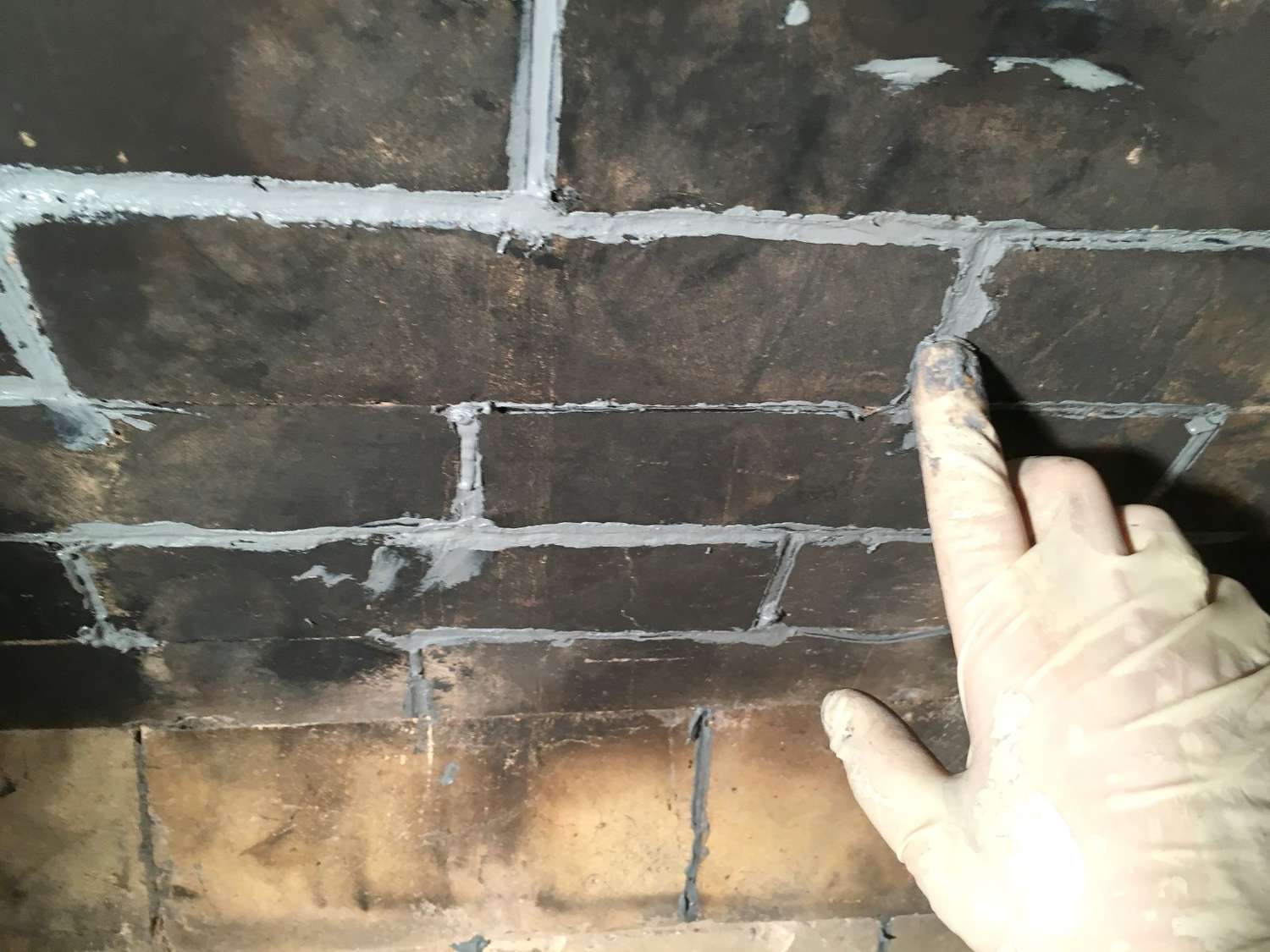
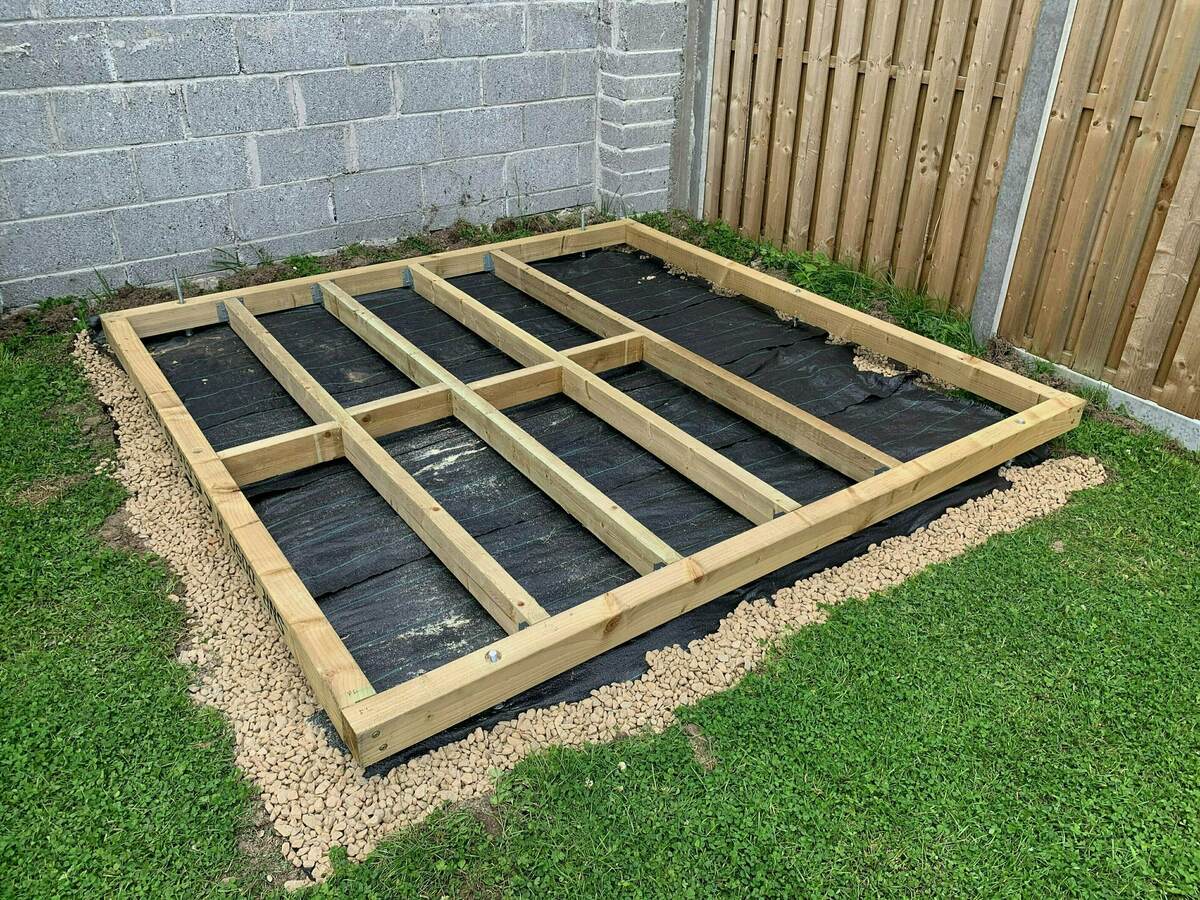

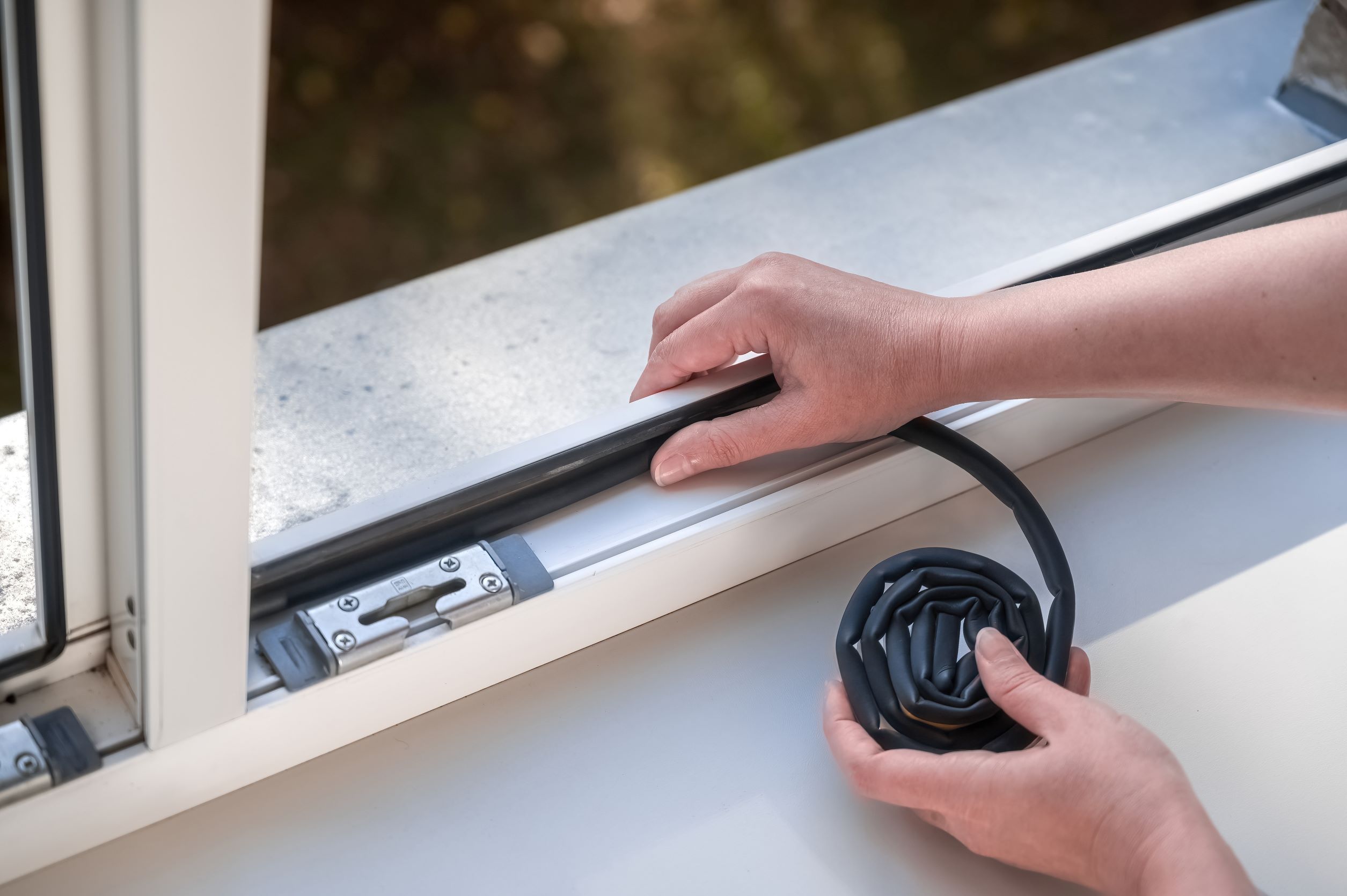
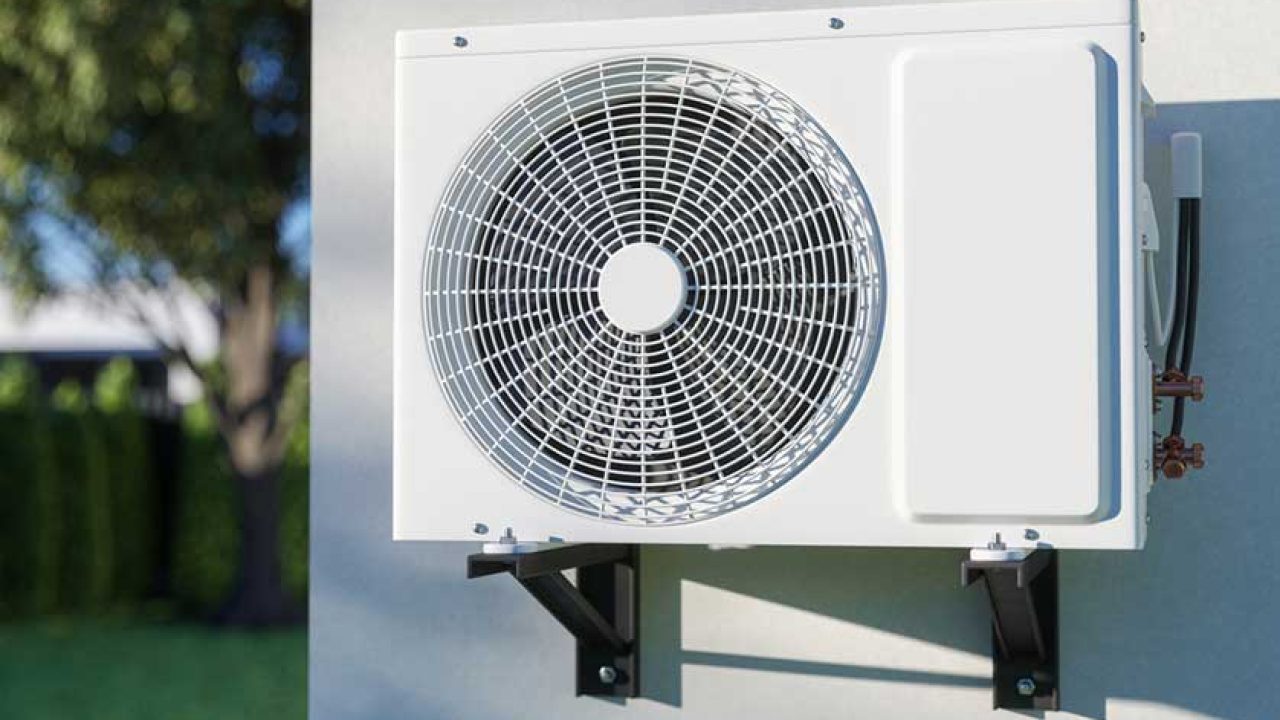
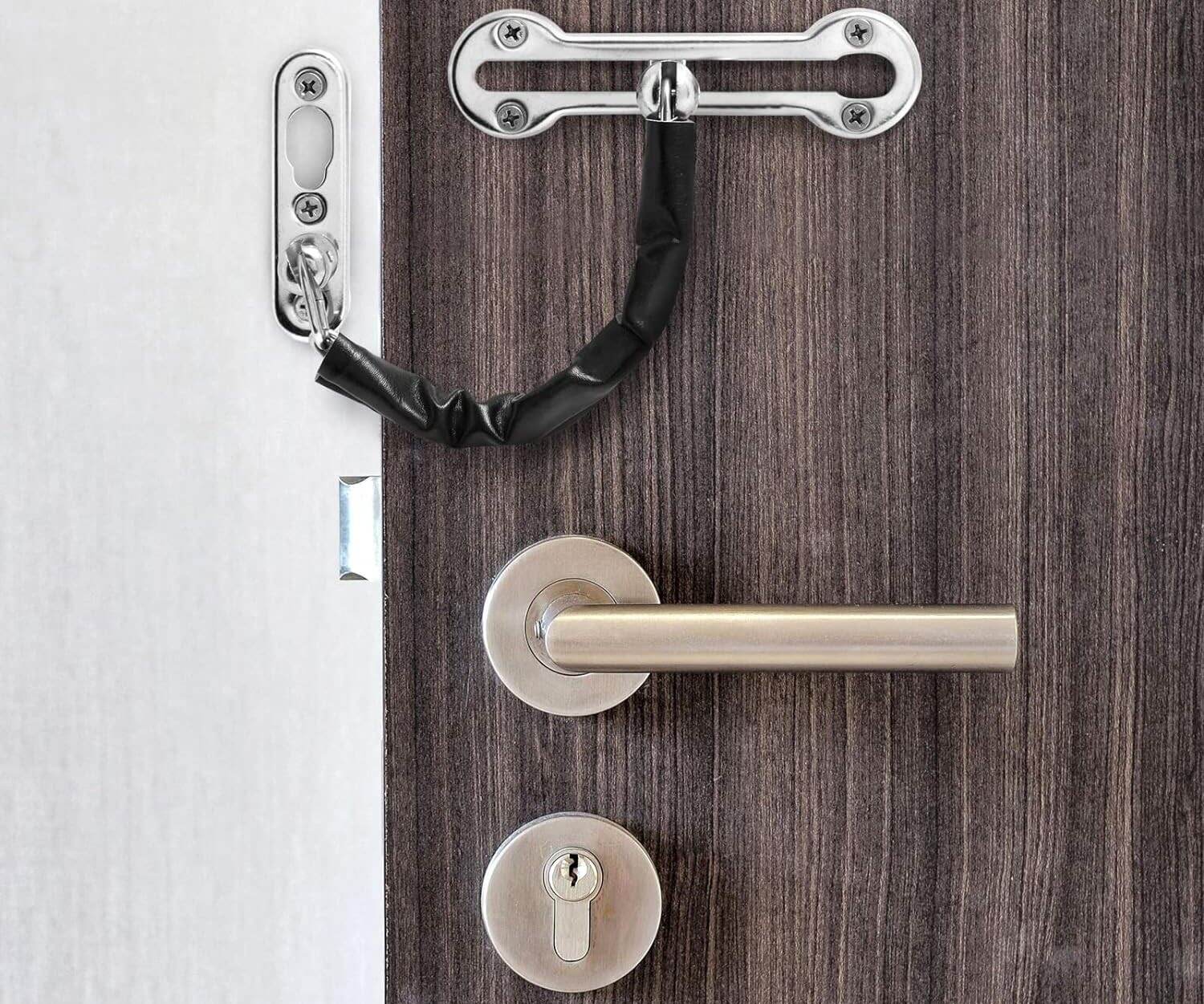

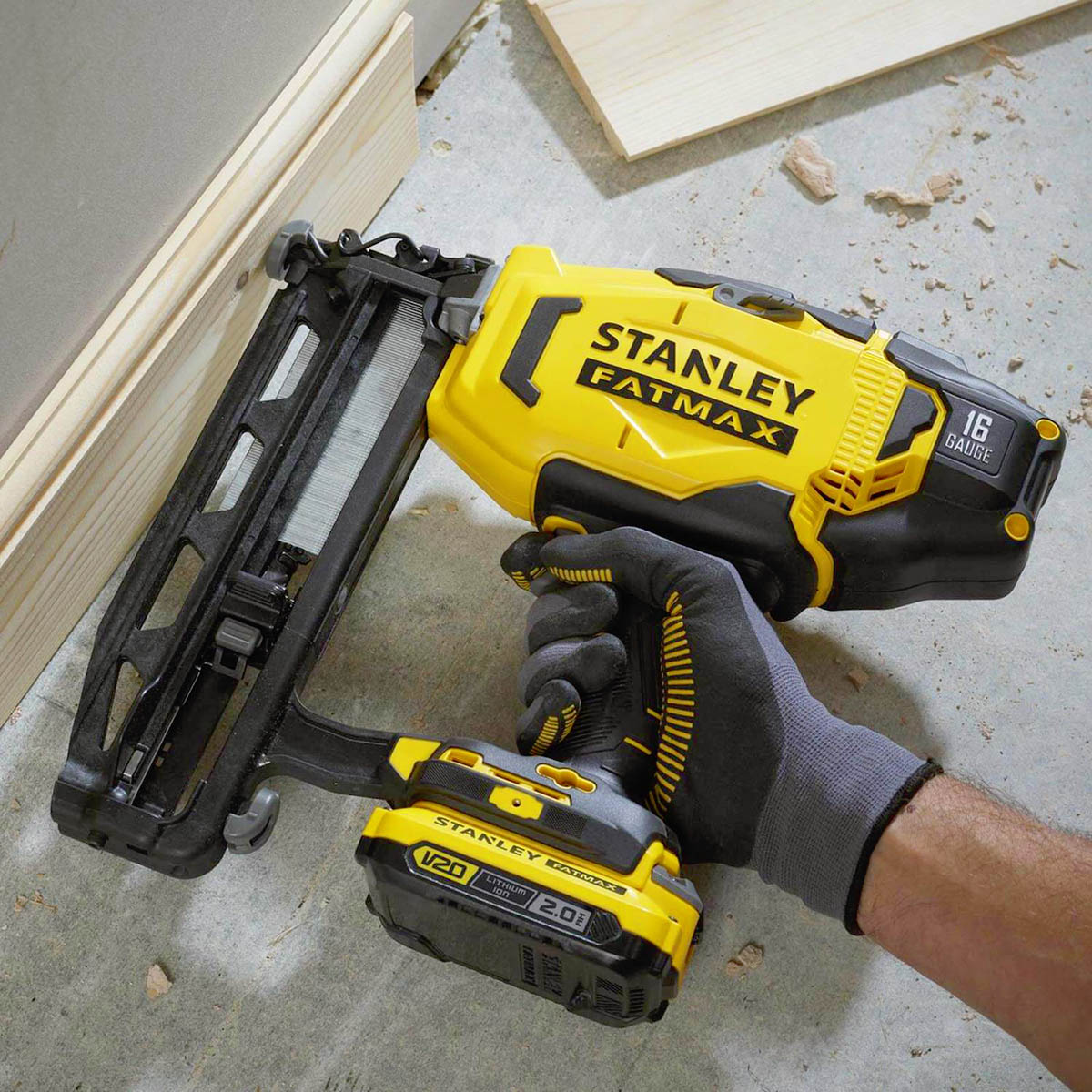

0 thoughts on “What Kind Of Fireplace Do I Have”